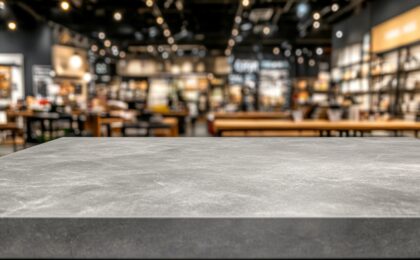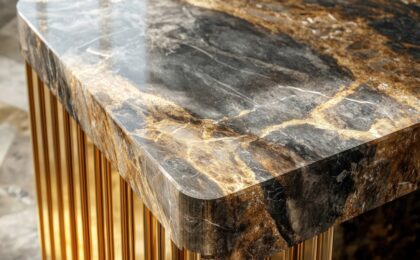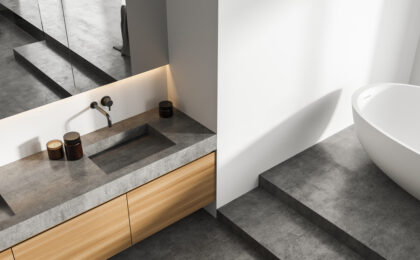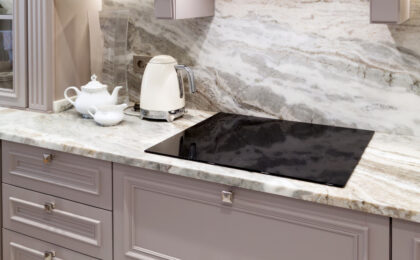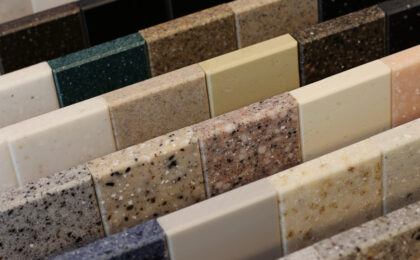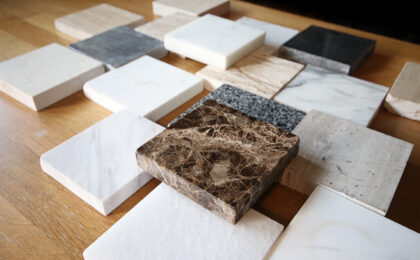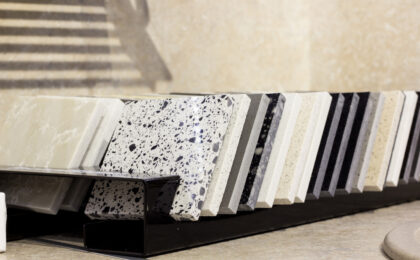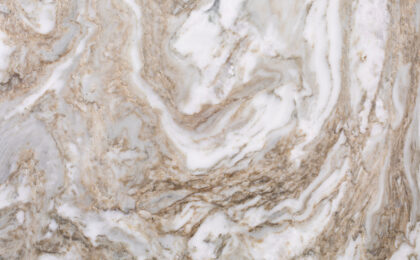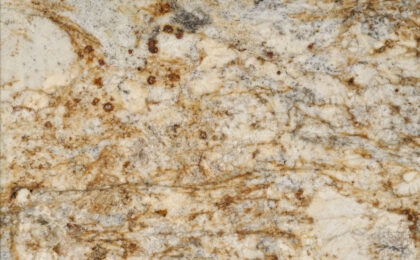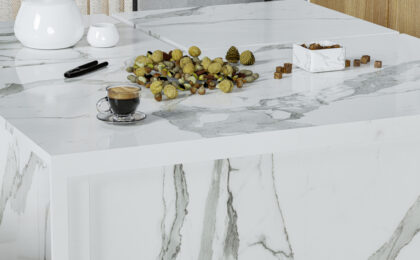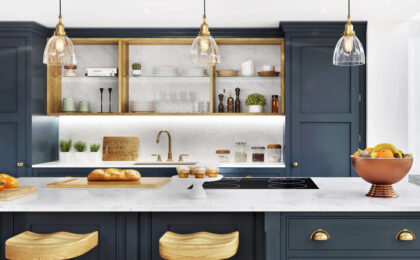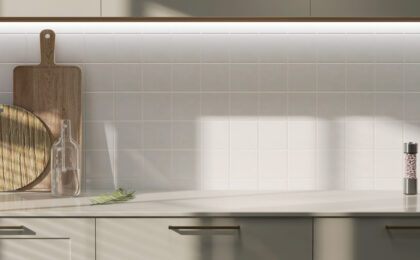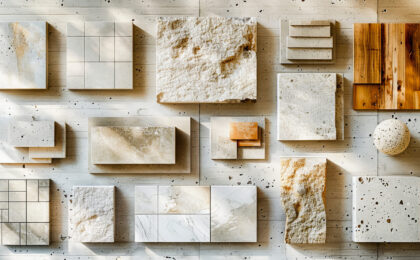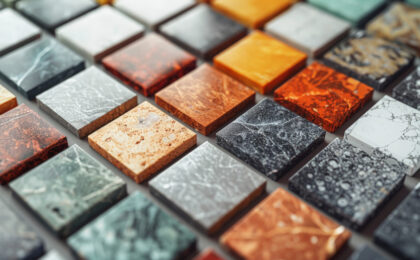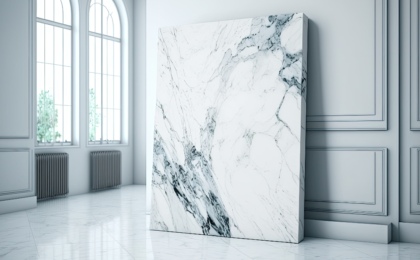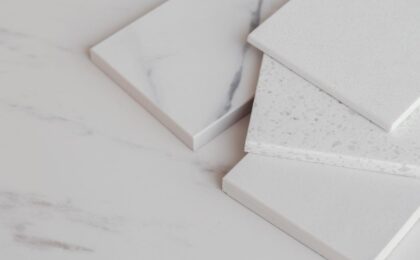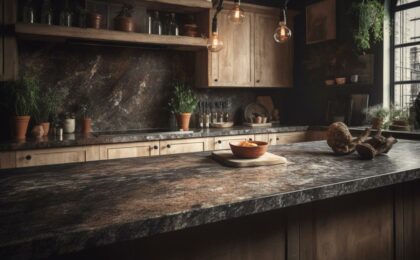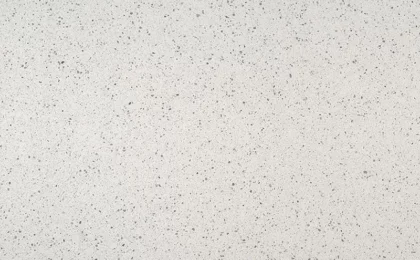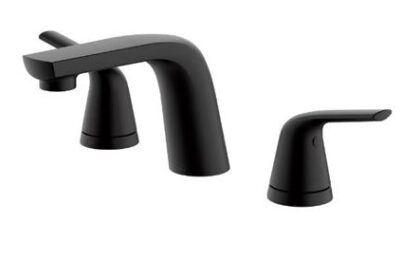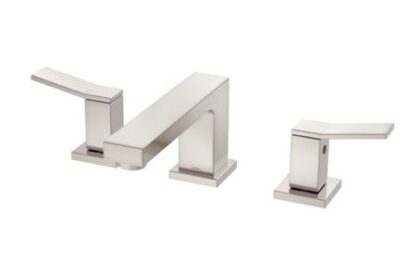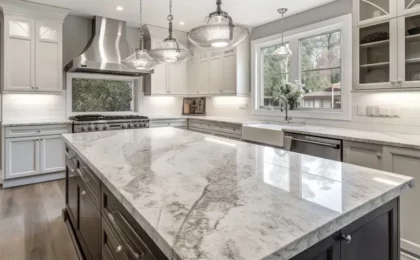The story of interior design is a captivating saga that mirrors the cultural, technological, and societal shifts throughout human history. By delving into the transformation of interior spaces, we not only explore aesthetic developments but also open a window into our past, presenting a vivid image of the human spirit across different epochs. This narrative is incomplete without a comprehensive look at flooring, a fundamental yet often overlooked aspect of design. Here, we will unfold the intriguing journey of interior design, with a special focus on flooring.
The Ancients: Foundations of Interior Design and Flooring
The origins of interior design and flooring can be traced back to the early civilizations of Egypt, Rome, and Greece. In ancient Egypt, the wealthy expressed their status by adorning their walls with hieroglyphics and their floors with colored tiles. Romans and Greeks, on the other hand, preferred mosaic designs in their living spaces. Roman flooring also reflected the advent of underfloor heating or “hypocaust,” highlighting the intersection of functionality and aesthetics.
The Middle Ages: Elegance in Simplicity
The middle ages marked a sharp departure from the opulence of the ancients. Wooden flooring became the mainstay during this period. The upper class often had their floors covered with rushes or reeds, underlining the minimalistic aesthetic sensibility of the era. Tapestries, initially used as wall hangings to insulate large stone buildings, began to be employed as significant decor elements.
The Renaissance: Awakening of Art and Design
The Renaissance era marked the revival of art and design. During this period, we witness the resurrection of the earlier grandeur, but with a refined artistic vision. Elaborate frescoes, ornate furniture, and Persian rugs dominated the scene. Flooring followed suit, featuring geometric patterns, detailed inlays, and beautiful marquetry.
The Industrial Revolution: The Birth of Modernity
The Industrial Revolution in the 18th and 19th centuries triggered a seismic shift in interior design and flooring. New manufacturing technologies enabled mass production, making well-crafted furnishings and floorings accessible to the emerging middle class. This period witnessed a resurgence in carpet usage, which had previously been a symbol of wealth and power. Additionally, linoleum flooring was invented during this era, which offered an affordable, resilient, and easy-to-clean option for households.
The 20th Century: Eclecticism and Innovation
The 20th century heralded the age of eclecticism and innovation in interior design. Design movements such as Art Nouveau, Art Deco, Bauhaus, and Modernism introduced radical concepts. Parquet and hardwood flooring became popular, offering elegance and longevity. The latter half of the century saw the rise of synthetic flooring materials, such as vinyl and laminate, offering an expansive variety of design possibilities.
The 21st Century: Sustainability and Personal Expression
In the 21st century, the focus of interior design has shifted towards sustainability and personal expression. Designers now favor materials that are eco-friendly, such as bamboo or cork flooring. In tandem with this, the digital age has brought a personalized approach to design. Consumers can customize their interiors and flooring to express their individuality, with technology allowing for an array of colors, patterns, and textures.
The Future: Boundless Possibilities
As we look towards the future, it’s exciting to anticipate the evolution of interior design and flooring. With advancements in technology, the emergence of smart homes, and a continued focus on sustainable living, we are likely to witness designs that seamlessly blend functionality, aesthetics, and environmental consciousness.
From the colored tiles of ancient Egypt to the sustainable materials of the 21st century, the history of interior design and flooring is a testament to the ever-changing and adaptive nature of human creativity. The journey continues, and we are eager to see the next chapter unfold in this fascinating narrative.
Authored by Shannon Vogel, Published on 6/30/2023

